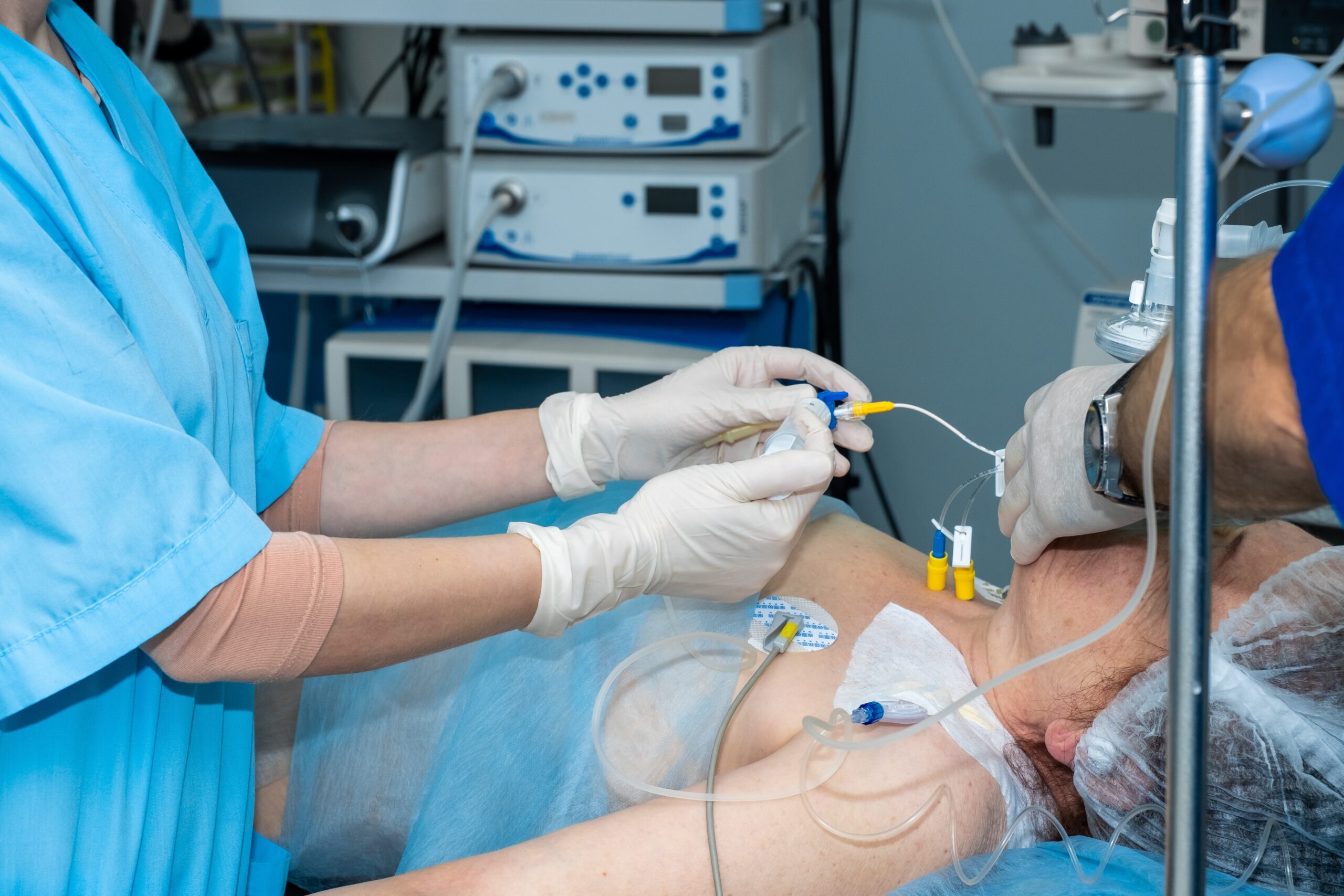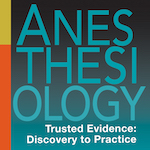California updates guidance on CRNA scope of practice

Editor's Note Confusion about the scope of practice for Certified Registered Nurse Anesthetists (CRNAs) prompted The California Department of Public Health to update guidelines for acute care hospitals, MedPage Today reported September 18. Issued after violations at two Modesto hospitals resulted in hundreds of cancelled surgeries, a letter from the…
Anesthesia staffing, communication, patient safety: Q&A with OR Manager Conference speakers

Editor's Note Capacity issues persist within the anesthesia workforce, leaving perioperative leaders tasked with maintaining efficient operations and safe practices for patients through surgery. We spoke with leaders from SCA Health, Stormont Vail Health, and Heartland Anesthesia & Consulting to find out other challenges anesthesia providers are facing, and how…
Study: Preoperative depression boosts risk of postoperative delirium

Editor's Note Patients with depressive symptoms are nearly twice as likely to experience delirium after major surgery, according to a meta-analysis published September 4 in the journal Anaesthesia. The evaluation of the link between preoperative depression and postoperative delirium included data from 42 studies involving more than 4.6 million patients.…
Anesthesia workforce challenges taking center stage

Every year, OR Manager shines a light on staffing issues via the Salary/Career Survey. In this issue, two articles take a careful look at the career and profile of the perioperative leader in both inpatient and outpatient settings. Next month, two more articles will do the same with salary trends…
Propofol study shows how consciousness research could improve anesthesia safety

Editor's Note Propofol research published in the journal Neuron has broader implications for enabling more precise, safer doses of anesthesia, according to an August 14 report in Anesthesiology News. According to the article, anesthesiologists tend to use higher doses of anesthetics because they rely on indirect measures, such as heart…
Deadline approaches for OR Manager Award nominations

Editor's Note What better way to advocate for perioperative nursing than spotlighting and celebrating exceptional leadership at a gathering of the entire industry? Our annual OR Manager Awards—OR Manager of the Year, PACU Leader of the Year, and Ambulatory Nurse Leader of the Year—aim to do just that, but time…
Annual awards, new partnership advance paranesthesia nursing

Editor's Note Inspired by a leader in the postanesthesia care department (PACU)? Here’s a chance to provide well-deserved recognition from the entire perioperative community. If you’re a member of the American Board of Perianesthesia Nursing Certification, Inc. (ABPANC), we have something for you as well: exclusive discounts to attend OR…
Breaking down the anesthesia workforce imbalance, strategies to address crisis

Editor's Note Increased demand for anesthesia services, especially in non-operating room (non-OR) sites, has outpaced the growth of anesthesia clinicians, a June 2024 special article published by the journal Anesthesiology reports. The imbalance in the anesthesia workforce supply and demand, the article argues, was exacerbated by the COVID-19 pandemic and…
Study finds no link between anesthesia dose, postop delirium

Editor's Note Higher doses of anesthesia did not affect risk of postoperative delirium in a study of more than 1,000 heart surgery patients, according to a June 10 United Press International (UPI) article on study findings published in JAMA. The research included 1,140 heart surgery patients, half of whom had…
Help PACU leaders get the recognition they deserve

Editor's Note Inspired by a leader in the postanesthesia care department (PACU)? Here’s a chance to provide well-deserved recognition from the entire perioperative community. Whether in an outpatient setting or a hospital, ensuring successful surgery requires attention to more than what happens in the OR. That’s why OR Manager’s annual…

 Free Daily News
Free Daily News